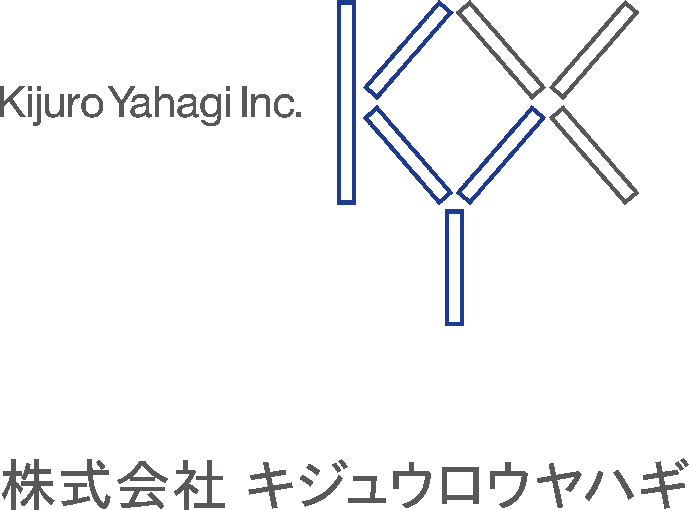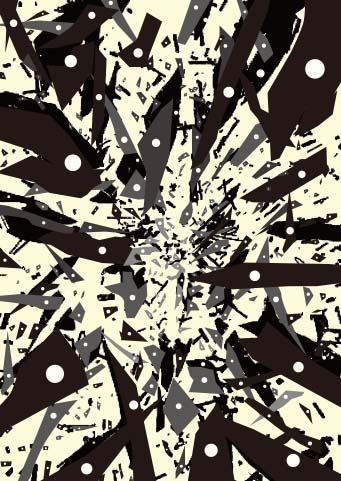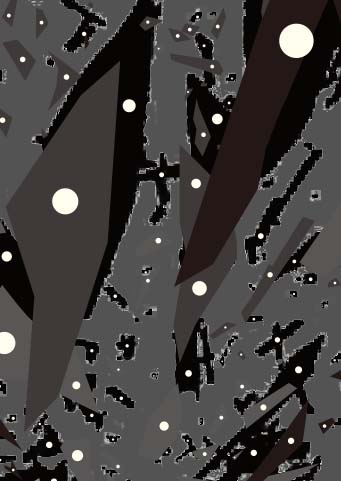Fragment
わたしがこの二種の作品を制作した契機になったのがトリスタン・ツァラ(1896-1963)の詩集の後書きだった。
「……わたしたち人間はなぜ、どこから、どこをどのように通ってこの世界にやって来たのか?
わたしたちはなぜ今ここに、この自分として(他の時、他の場所、他の人としてではなく)存在するのか?
そしてやがてある日ある時どこへ去るのか、あるいは帰るのか? あるいは永遠にさまようのか?
いや、この命の日々さえすでにわたしたちが知らぬままに始まり、
そしてその行方を知るよしもない彷徨と転落の一過程にすぎないのではあるまいか?
そしてこのわたし、それはたれなのか? このわたしはわたしなのか?
わたしが話しかけるこのわたし自身、それはたれなのか?
そしてわたしたちの中にあってわたし自身ではない(らしい)かれ、それはたれなのか?」
(宮原庸太郎「ひとりの読者から読者へ」/トリスタン・ツァラ『人間のあらまし』/書肆山田/ 1986)
The impetus for the creation of these two pieces was the following passage from the translator’s afterword for a poem of Tristan Tzara (1896- 1963):
...Where did we humans come from, and why and how did we come to this world?
Why are we here, now, as ourselves (not another time, not another place, not another person)?
And eventually, at a given time on a given day, where will we leave to, or return home to?
Or will we wander forever? No, we began without even knowing the days of our lives,
and is this not simply the process of a wandering and a plunge of which we cannot know the end?
And who is this me? Am I me? Who is the me who I am talking to?
And the him in all of us who (it seems) is not me, who is he?
(Yotaro Miyahara, ’From a Reader to a Reader,’ in Approximate Man, by Tristan Tzara, Shoshi Yamada, 1986)


